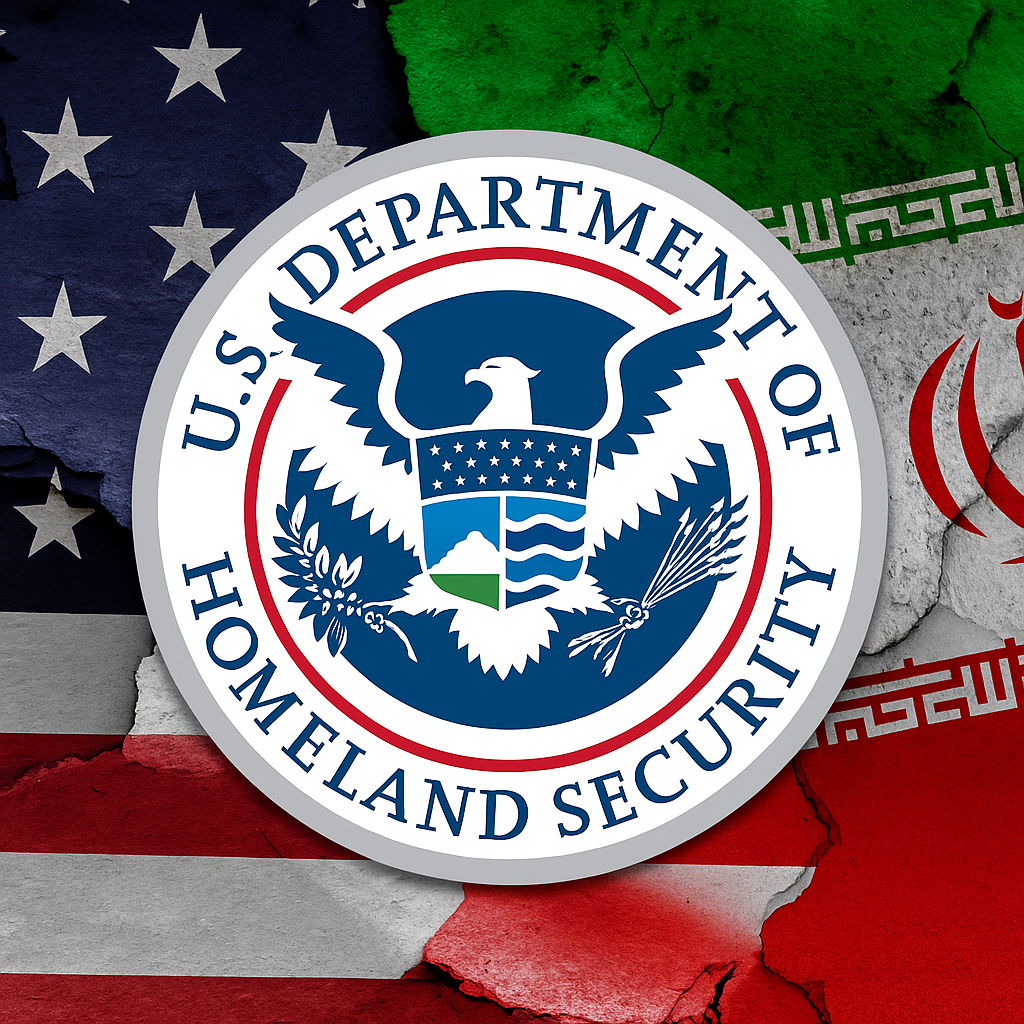Tensions between the United States and Iran are flaring up once again, and this time, things feel hotter than ever, especially in the realm of cyber warfare. The U.S. Department of Homeland Security (DHS) has released an important internal bulletin: Iran might try to "target" U.S. government officials, including launching cyberattacks on networks, if their leaders believe the "stability or survival" of their regime is at risk. This isn't just everyday news; it's a crucial warning reflecting potential reactions after recent U.S. military actions against Iran, with cyber threats leading the way.
The Genesis of Concern
The DHS bulletin, dated June 22, was sent directly to state and local law enforcement agencies nationwide. Its content clearly indicates that several scenarios could lead to Iran targeting U.S. officials, including the escalation of cyberattacks. For instance, if Tehran believes these officials were involved in the deaths of senior Iranian leaders, or if U.S. airstrikes are expected to continue.

Retaliation Accompanied by Cyber Threats
While missiles were fired towards a U.S. military base in Qatar this past Monday as direct retaliation for U.S. strikes on Iranian nuclear sites, DHS views one of the clearest connections drawn from intelligence and law enforcement analysis as the cyber threat. This warning highlights the strong reactions that could occur against civilian government officials and digital infrastructure, stemming from President Donald Trump's decision to bomb Iranian nuclear sites.
A Warning from the Top: DHS Leadership on Emerging Threats
Homeland Security Secretary Kristi Noem emphasized the agency's duty: "It is our duty to keep the nation safe and informed, especially during times of conflict." She also clearly warned that the ongoing Israel-Iran conflict could lead to increased threats here at home, in various forms of cyberattacks, violent acts, or antisemitic hate crimes.
Forms of "Targeting" and Lessons from the Past in the Cyber World
While the DHS bulletin does not specify what the "targeting" of U.S. officials might look like, we can draw lessons from the past, particularly in the cyber dimension. The Justice Department has previously alleged that Iran attempted to assassinate President Donald Trump and his former National Security Advisor, John Bolton. Iranian security services often use hacking to gather intelligence on assassination or surveillance targets. This is a subtle yet highly effective method that could be part of an unfolding plan. Some former Trump officials and Bolton confidants were even hacked in 2022 to track Bolton's movements, indicating a clear link between cyberattacks and physical threats.
Increasing Cyber Concerns and the "Regime Change" Debate
The U.S. Department of Homeland Security (DHS) has expressed significant concern about cyber threats, especially in the short term. A recent report obtained by CNN states:
“In the short term, we are most concerned that Iran-aligned hacktivists will conduct low-level cyberattacks, including DDoS attacks, against U.S. networks.”
The DHS also warned of the possibility of both cyber and physical attacks on "critical national infrastructure," such as energy systems, transportation, and government agencies. While there's currently no clear evidence of credible threats from Hezbollah networks within the U.S., authorities are closely monitoring their activities. The report also highlights that "silent threats," like hacking for intelligence gathering, remain a continuous concern.
This situation serves as a stark reminder that while physical attacks may seem distant, cyber threats are ever-present and play an increasingly crucial role in modern conflicts. Recognizing the interconnectedness between cyber threats and national security is of paramount importance and something we should all pay close attention to.